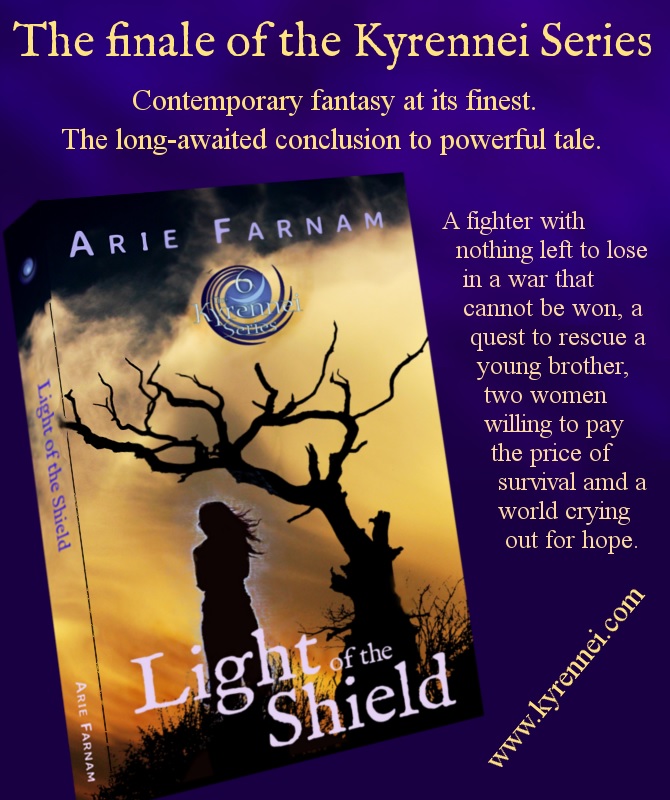Learning interconnection: Where did we go wrong in trying to eradicate racism through education?
/"She's kind of brown!" my daughter's friend from first-grade giggles, holding her hands over her mouth.
My daughter giggles along with her, but covers her drawing with her hand. I'm glad to see my daughter adding realistic skin tones to her drawings, but also frustrated at how quickly she is getting an embarrassing reaction from peers. What are the chances she's going to draw a brown-skinned figure the next time she draws with a friend?
We live in the Czech Republic where political correctness and multicultural education has never been a societal or political priority. Until recently, I had difficulty explaining the confused and even outright racist comments of many Czechs when writing for American readers. Even last summer, comments on my posts about racist or ableist problems in the Czech Republic were met with shocked disbelief.
But this past winter that has changed for painful reasons.
Creative Commons image by Guilherme Jofili
Jewish landmarks have been vandalized in the US. The winning presidential candidate called Mexicans "rapists and criminals" and publicly mocked a disabled journalist. The numbers of people killed by white supremacist vigilantes because they are or were mistaken to be of Middle Eastern background grows every other day. And of course, there hasn't been this open a display of racism against African Americans or Native Americans in decades.
We are no longer shocked by what used to be almost unthinkable. We thought our system of multicultural education was enough, that general social norms had shifted and that racism, ableism and faith-based discrimination was fading, if not entirely gone.
We've been rather rudely awakened to reality as Americans. The situation begs the question. If racism is still so alive and well in the US after so many years of celebrating Black History Month. teaching a unit on the Holocaust and a chapter on Native American history in elementary school, where did we go wrong and what should we do differently in the future?
I have thought a lot about these issues for the past ten years because I have been living in a country where racism is much closer to the surface and I am the adoptive mother of children who are among the primary targets. Their situation is like being an Arab Muslim in America. I worked as a journalist for years before I adopted children and I knew very well what I was getting into. I had seen Romani children harassed in schools, segregated by teachers and sometimes physically attacked. I had seen them bravely and cheerily go off to first grade only to be beaten down and in complete despair by third grade.
I knew that if I made my family this way, I would have to deal with the issues daily. I would have to educate teachers, schools, other parents and even my children's classmates. I have now begun that work, talking to teachers and volunteering to do multicultural education in the schools. The situation is so tense that I am lucky to be allowed to broach these subjects in a classroom at all.
I know that my efforts are too little alone, but my experience has given me some understanding of what can actually change attitudes. Here then is my recommendation from the trenches on what can and should be done to provide real diversity education: I call this model "interconnection education."
Creative Commons image by Oregon Department of Transportation
- Start in preschool. This is the time for multicultural exposure programs. Use holidays and events from various faiths and peoples to create a lively and fun multicultural curriculum that will serve students well both in understanding the society they live in and in future history and geography courses that are crucial to general education and responsible citizenship.
- Require teacher training in bullying-prevention, understanding the roots of prejudice and cultural sensitivity from preschool on up. In designing such programs both the perspectives of people of color and of those who have experienced a shift in understanding from isolation to diversity must be heard in order to design programs that are both sensitive to vulnerable groups and accessible to those without much experience in multiculturalism. A moralistic "we are multicultural because we're not bad racists" approach may silence prejudice temporarily, but it will not erase it from the classroom or from society. Teachers must be the first to understand how interconnection works and why we take these issues seriously is a matter of self-preservation.
- When conflicts arise between children over sensitive cultural, racial or faith-based issues, avoid an immediate punitive reaction and call parents from all involved sides in to discuss the issues with involved children and trained teachers present. Be staunch in support of vulnerable groups in these situations, but ensure that complaints by parents and students of majority groups are addressed fully rather than being quashed and swept under the carpet without discussion. We will not solve prejudice by labeling those who have less cultural experience as bad and further isolating them.
- Many holidays are primarily religious and so they are a difficult point in non-religious, diverse schools. There is always the issue of holiday programs in elementary school. We want our children to experience community holidays and yet it is logistically difficult to include the holidays of all groups. One way to ensure a better balance is to focus on a given holiday fully for a day and move on to another the next day, rather than spending weeks on majority holidays. Another way is to have a general seasonal holiday program and assign students or small groups to learn about and reflect a holiday from a particular culture through art, costumes, food and song that can be shared with the rest of the class.
- While holidays extend beyond the individual and thus must be dealt with by the group in some way, individual differences that point to culture, race or faith must be allowed expression by individuals. There have been extensive arguments about the wearing of garments required by one's faith in public schools. One argument is that allowing, for instance, Islamic head coverings for girls promotes the oppression of women. If other parts of the program are open and diverse, it must be noted that whereas it is possible that a girl might be pressured to wear religious clothing by a family, being included in a diverse school would certainly provide greater multicultural education than a requirement to conform to a dress code would. I still see no reason for the restriction and significant harm can come from imposing it. In many other cases, the wearing of identity-specific jewelry or other symbols is simply a means of ensuring confidence and should be encouraged rather than discouraged.
- In elementary school and high school, diversity education need not be a separate program. It should be an integral part of language arts, social studies, history and geography programs. If we hope to have a democratic and multi-racial society and if we hope to weather the currents of international relations as a nation, the next generations must have an understanding of history and geography that is balanced. rather than focused through the lens of immigrants to our nation from one particular continent and their struggle for freedom from Britain. Each piece of the puzzle that is history and geography should be set in its context. History is not about blame or victimhood, but rather about an understanding of social, economic,religious and political currents that affect us today. Historians from a wide variety of backgrounds MUST have real and active input. A balanced account of history would require significant changes in history textbooks and teacher education. But it is crucial. Without that our current troubles will recur.
- In each of these tactics it is crucial that we recognize the need for identity concepts for all students, not only those from backgrounds outside the majority of a given community. A healthy sense of one's own cultural roots and appreciation for one's traditions as specific rather than "the way everyone does it" is the best defense against resentment of other groups. Students should recognize specific origins within larger continental or racial backgrounds. Africa is not one culture, any more than Europe is. People of European descent differ in cultural perspective, just as various groups from Africa differ. An understanding of culture as the complex ecosystem in which the various parts move and affect one another will go a long way toward practical understanding in the social sciences as well as diversity education. In music, language and art, students should be encouraged to combine cultural influences consciously rather than by automatic cultural appropriation and learn about the natural mixing and divergence processes of human history.
Clearly these methods and strategies are far beyond our current capabilities. We must have clear-eyed goals. We can also use the concepts of this type of "interconnection education" even on the smallest scale.
One of my current projects in this direction is the Children's Wheel of the Year series. This is a set of books aimed at families in the earth-based or Neopagan traditions. This is the fastest growing religious group in the United States and Europe and in many areas has more adherents than more widely recognized groups such as Buddhists. This is also a group struggling internally with racial and historical tensions.
The stories in the Children's Wheel of the Year series are first and foremost engaging and fun for children. High quality educational materials are those that encourage learning through genuine interest. Secondly, they provide a realistic, modern view of how families in the swiftly growing earth-centered religions may celebrate eight major holidays. Each holiday embodies important cultural and ethical values that are important to the adventure story of the book.
Throughout these stories there runs a common thread of interconnected diversity. While the stories focus on one particular faith, they are inclusive and irrepressible in the joy of connections to others and supporting others in their own strong and unique identities. The Children's Wheel of the Year attempts to provide a model for addressing specifics within an overall interconnected diversity program.
The story Shanna and the Pentacle specifically addresses the issues of multicultural and diversity education in the schools, while focusing on a practical issue many earth-based families report encountering in the United States--namely the banning in some schools of pentacle jewelry. While this story addresses a difficulty encountered by one group and the responsible methods children and adults can use to solve such difficulties, it does so while bringing the reader closer to the perspectives of other cultures in the story, emphasizing the need for mutual support.
Our need is clear. We must foster an interconnected openness and the strength of diverse identities in our society and in our schools. No matter which group we belong to, we need this and our safety depends upon it. If any group is marginalized or denied expression of their identity, we know it is only a matter of time before that same marginalization and denial is visited upon others.














